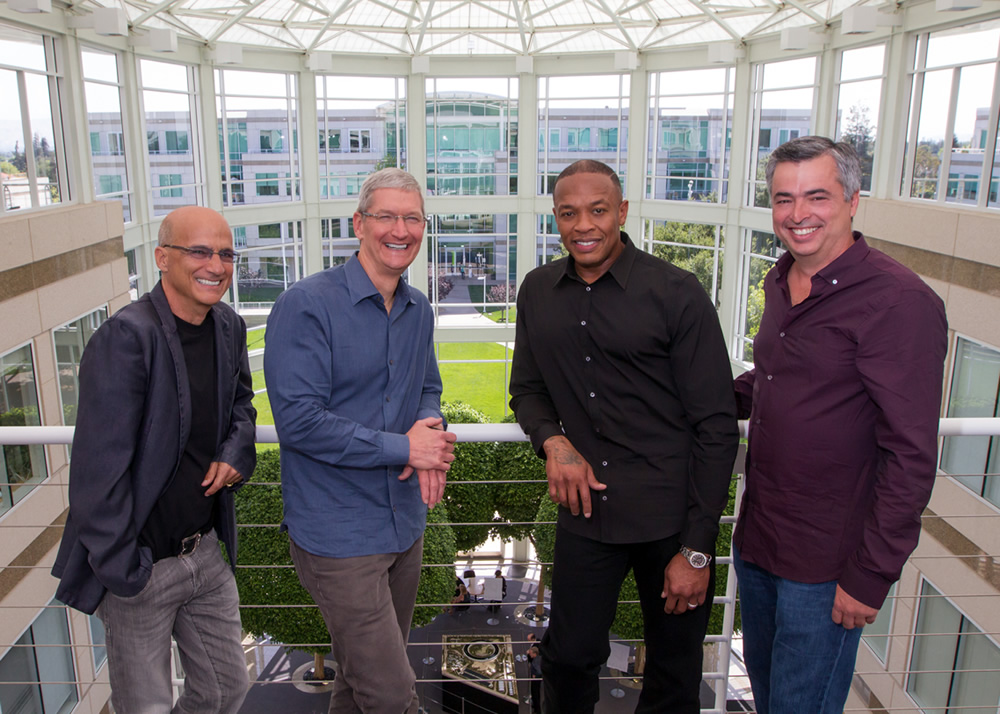
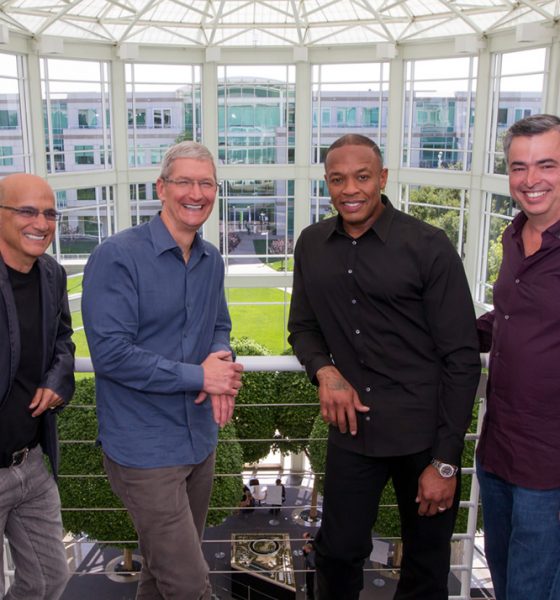
Business Development
Why Apple Music and Tidal have flawed business models
I’m a big entertainment junkie and I love to sit back and watch as the internet continues to transform the way we get our content.
I was a DIRECTV customer for many years until I realized that with an AppleTV box, SlingTV, Netflix and HBO Now, I had everything I needed at one quarter of the price.
My DIRECTV service was gone. Just like that.
Technology evolution continues to change our choices and determine what we spend our money on and why.
The one model which has continued to baffle me is streaming. I understand why people stream music and how that is attractive to younger millennial consumers.
What I don’t understand however is why two of the (supposedly) most progressive streaming companies don’t understand how ridiculous their streaming models are and why they are finding it hard to make money.
Jimmy Iovine a very respected music mogul and current Apple Music exec recently let it slip that the streaming business is a tough one with very slim profit margins for Apple and everyone else.

His quote (at 21:20) “Well the streaming sites aren’t making any money”.
Not a surprise – here’s why.
The current streaming business models
Apple Music and Tidal are basically paywalls that make no sense.
Here is the value proposition – you pay money to be a member of our club and in return we will give you access to exclusive content that our artists will create and you get access to our wide library of content.
From an online business perspective that is ASS BACKWARD (more about that later).
As online newspapers like the Wall Street Journal have found out (the hard way), consumers don’t like paywalls.

We just don’t. It’s not a rational thing, it’s an instinctive thing – we don’t like commitments unless they offer undeniable value at a compelling price.
Netflix has undeniable value. HBO has undeniable value. I simply can not get (legal) access to Game of Thrones or House of Cards any other way INDIVIDUALLY unless I subscribe to HBO and Netflix respectively.
That makes sense. Putting up a paywall for access to music I can get a la carte makes absolutely no sense.
I’ll give you a recent example.

Jay Z’s 4:44 release is a great example. It was released exclusively on Tidal and it was heavily torrented until it came to iTunes.
Heck even Snoop Dogg joked about his inability to get the album until one of his homies bootlegged it.
And just like magic, as was always the plan, the album is now on iTunes and I can purchase one song or the whole album a la cart.
Once again, putting up a paywall for access to music I can get a la carte makes absolutely no sense.
In addition, a cursory glance at the “benefits” both companies offer is fluff that is not that compelling to me (not undeniable value).
Here’s what I think makes more sense.
The future streaming business model
A streaming company should offer FREE memberships BUT should create a model where artists can set up their own online musical homes that offer paywalls for content of value.
An example.
I would never pay Tidal or Apple Music for access to their “libraries” but I would sign up for FREE to an Apple Music portal where I had access to my favorite artist’s mini site.
The difference is, I would log in with my FREE Apple Music ID and window shop in different artist’s “shops” if you will. I would only pay for access to an artist’s sub community that I chose.
A practical example. I am a MASSIVE Jodeci fan. This band defined my college years and I could write 10,000 words on how they changed music … but I digress.

I wouldn’t pay Apple Music to get access to everything Apple had.
I would happily pay $2.50 a month to get access to a mini Jodeci community located within Apple Music where I could stream their songs, see exclusive videos of them in the studio, get access to exclusive merchandise etc.
And while I was in the neighborhood, I might do the same for Rihanna’s mini community etc etc.
A model that encourages fans to support JUST THEIR ARTIST would be better for the consumer, streaming company and better for the artists.
- For the consumer – I am paying for ONLY the artists I want to support (which would be probably 10 or more).
- For the artist – They have access to their fans directly and can own their mini communities and monetize them in new and innovative ways – albums, singles, videos, merchandise, tickets, interviews, giveaways, meet and greets etc all enabled by a large company that can give them the tools to do so.
- For the parent company – They own the initial username/password/demographic info and now they can get a small percentage of each smaller community within their larger site. They continue to make money from the music and now they make a percentage of the money from extra artist material – they lose nothing.
I could easily pay $25 a month to be part of 10 different artist portals and see backstage footage etc. That’s $25 in revenue for Apple and the artists every month.
Even better, this is also a perfectly meritocratic model.
If Jodeci didn’t continue to update their monthly content, I would unsubscribe and they would lose money. If they continued to keep me happy, I would continue to pay – it would be up to them.
2 million Jodeci fans paying them $2.50 a month is $5 million a month. Not bad for an artist doing what Jimmy Iovine said he wants them do – CREATE. Not bad for me and 20 of my friends who love that group. Not bad for Apple Music or Tidal who would take their share of the revenue.
Technology is making the world smaller – as I said in my article yesterday, artists who are unable to create an intimate relationship with the fans will not be able to succeed – it’s that simple.
Creating a paywall for access to a wide catalog of music is simply fighting the last battle. The next battle for music dominance is using technology to enable artist-fan intimacy.
Whoever can do this best will win.
Leave your comments below. I would love to get your feedback on this concept.
Business Development
A 2am email could change your business forever

Today I want to talk about vigilance. The vigilance you need to have as an online business owner if you plan to be successful.
The truth is, if you run an online business, you have to be open to new opportunities to grow your business. Sometimes you may even need to change or tweak your business entirely to take advantage of those new opportunities.
The following is a true story about how a 2am email totally changed the course of my business and life. It shows how powerful the internet is and how you are always one piece away from solving the jigsaw puzzle.
Let me get started…
I’m a night owl and I love staying up late.
Even though I do it less these days, I am usually super focused and productive from 10pm through 3am. I have no idea why my mind works this way but it just does.
It’s probably because I have spent 15 years working on online businesses and in the beginning, I did it part time every day AFTER I was done with my day job.
About 10 years ago I was running a high traffic technology blog that I had built and monetized myself.
I was getting about 30,000 unique visitors a day and was still struggling to find the right mix of goods and services to sell to this endless wave of eyeballs coming to my site.
The site was awesome because all my traffic was 100% organic and I had no advertising costs.
The site was making a good deal of money but my gut told me that I could make more. A lot more.
For months and months, I did research on different forms of monetization and tried different ad networks but I couldn’t seem to make that much more.
Then one night, at 2am, I got an email from a vendor in Europe who sold a very specific software product that they swore was extremely profitable if I sold to my audience.
They offered me a 40% affiliate fee if I joined their program so ON A WHIM, I joined their program and installed the ad code that morning.
Here’s the fun part:

That vendor and their product made me between $150 to $400 EVERY DAY for the next 5 years. On autopilot. With very little maintenance. Every day.
Here’s the moral of the story.
Never settle, trust your gut and keep looking. The cool thing about this business is that it’s really all about finding missing pieces to the puzzle.
We got tired of manual html, WordPress came along.
We got tired of making crappy landing pages, Leadpages and Thrive Themes came along.
There’s always a solution for your problem on the web, you just have to be vigilant and pay attention.
I have asked myself why I paid attention to that email that night and why I didn’t just send it to junk mail.
I think the reason for that is, I really kept myself open to new opportunities and that literally made me several hundred thousand dollars.
Bottom line people, keep your eyes open and test as many new things as possible.
Business Development
The New York Times hit a major digital marketing milestone today

The New York Times hit a major digital marketing milestone today.
For the first time ever, The New York Times made more money from their digital-only subscriptions ($82.5 million) than from print advertising revenue ($77 million).
The newspaper revealed those stunning stats during their second quarter earnings call to investors Thursday.
Another big milestone for the paper was an increase in advertising growth from the previous year’s quarter — the first time that has occurred in almost three years.
Print advertising revenue which still accounts for a large portion of the company’s overall profits, has been in steady decline but the news about digital growth is amazing.
The second quarter earnings numbers:
- Revenue: UP — $407 million for Q2, up 9% year-over-year (YOY)
- Advertising revenue: UP — $132 million, up .75% YOY
- Digital advertising revenue: UP — $55 million, up 23% YOY
- Print advertising: DOWN — $77 million, down 11% YOY
- Digital-only subscriptions: UP — Added 93,000 bringing total to 2.3 million digital-only subscriptions (includes Crossword)
- Digital-only subscription revenue: UP — $83 million, up 46% YOY
For companies large and small, the steady transition from traditional advertising to digital continues.
These numbers are absolutely incredible.
Source: Axios
Business Development
Infographic: LinkedIn Vs Facebook For Business Networking
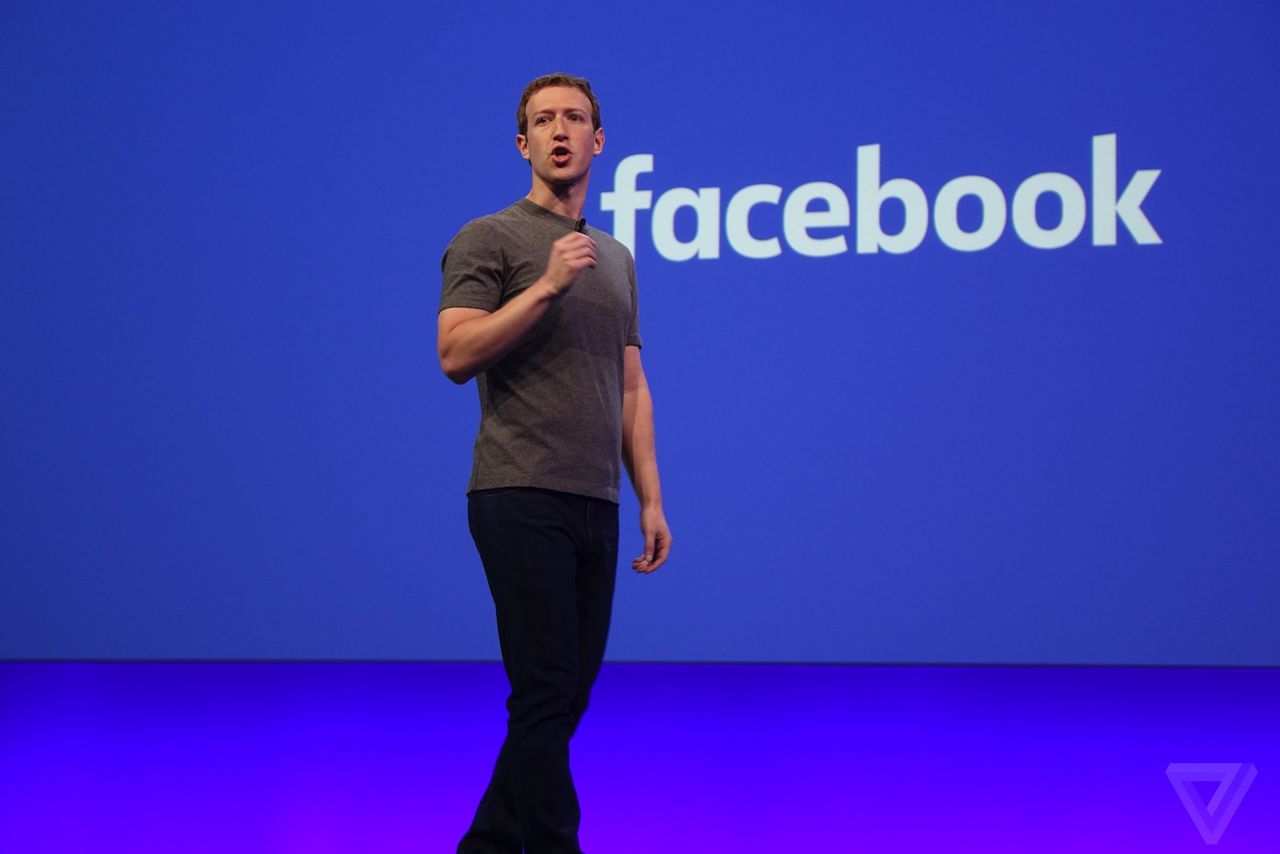
No denying that we live in an increasingly digital age. Gone are the good old analog days of the 80s and 90s, the world is digital now. The business and corporate world, in particular.
People are now using various platforms for their businesses not just to find and connect with talents online, but also doing business networking. Social networks like LinkedIn and Facebook offer different perspectives on reaching an audience, and both have inherent strengths and weaknesses.
While LinkedIn is the undisputed king of the business world when it comes to networking and marketing, Facebook is often overlooked as a professional resource.
Interesting, as among its 1.35 billion users, there are more than 25 million business pages.
But how do both sites compare for business networking? This simple infographic created by Brighton School of Business & Management showcases a number of metrics of both sites, detailing how businesses can best leverage both platforms.
It goes over the differences and benefits that both LinkedIn and Facebook provide for professional use, including company details, statistics, user demographics, business pages, marketing, as well as a few paid advertising numbers for you to crunch.
Managing each platform effectively is vital here, if you’re active with your online business at either site, as each offers a different audience.
Click the infographic below to view the full high-resolution version.
-

 Website Performance7 years ago
Website Performance7 years agoWebsite Optimization Tips – Optimizing the Order of Styles and Scripts
-

 Web Content8 years ago
Web Content8 years agoHow to test a copywriter
-
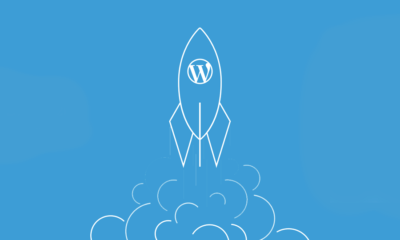
 Website Performance7 years ago
Website Performance7 years agoWordPress Performance Tips – Enable Keep Alive
-

 Web Content11 years ago
Web Content11 years ago7 Basic Principles Of Good Writing
-

 Digital Marketing Training7 years ago
Digital Marketing Training7 years ago13 Steps To Building A Profitable High Traffic Technology Blog – Part five – WordPress Hosting
-

 Digital Marketing Training7 years ago
Digital Marketing Training7 years ago13 Steps To Building A Profitable High Traffic Technology Blog – Part Four – your logo
-

 Digital Marketing Training7 years ago
Digital Marketing Training7 years ago13 Steps To Building A Profitable High Traffic Technology Blog – Part Three – the baby business plan
-
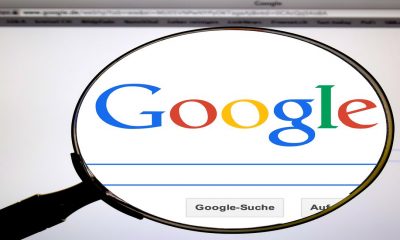
 Research and SEO11 years ago
Research and SEO11 years agoNew Google Penguin Algorithm Update Being Rolled Out



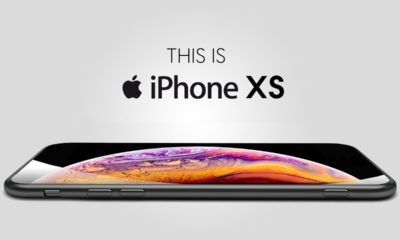

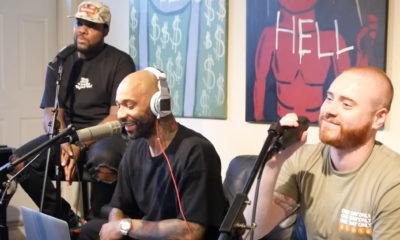

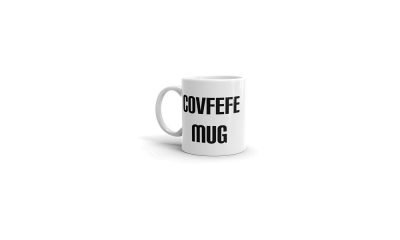






2 Comments